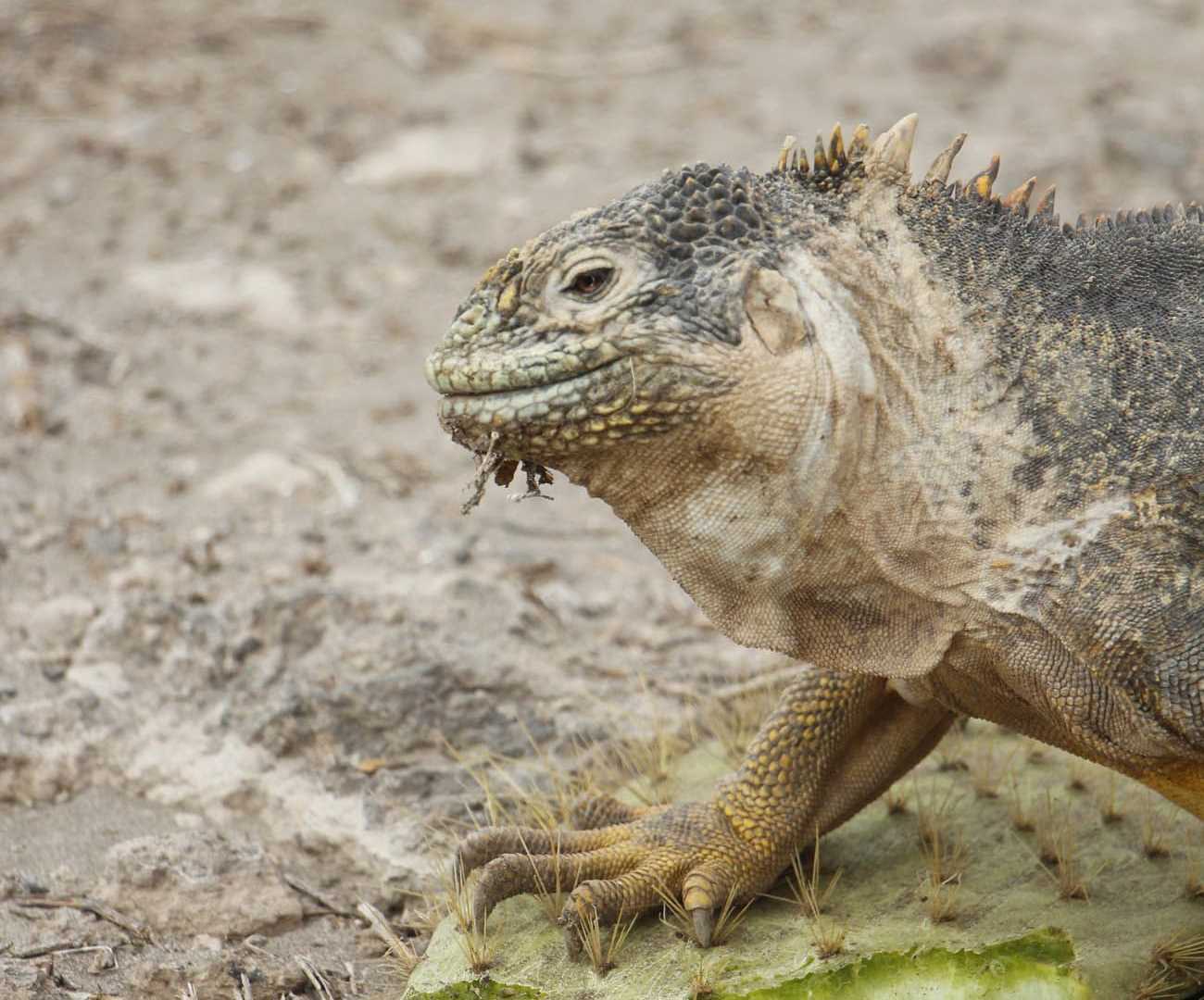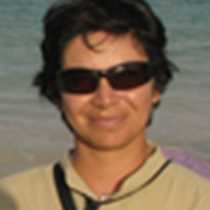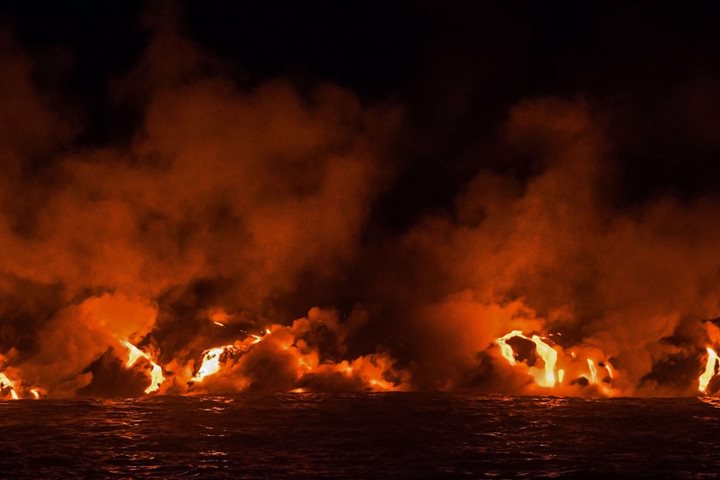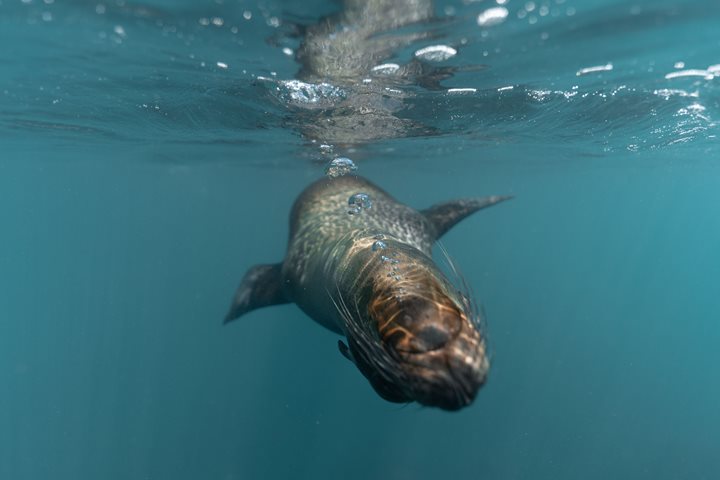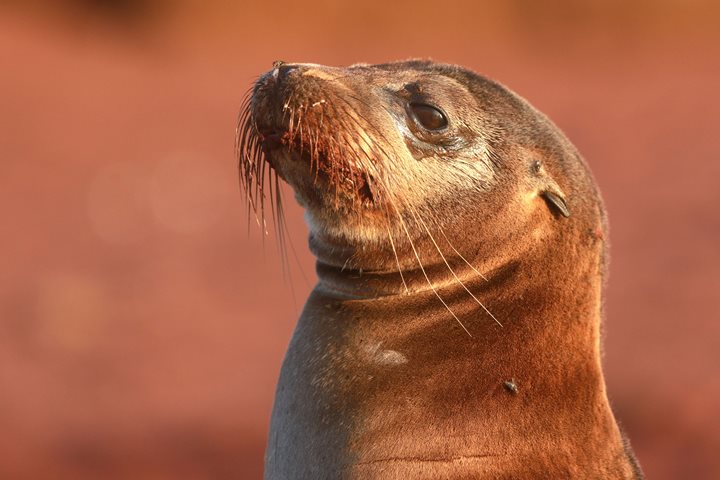Today we explored two islands in the central area of the archipelago. We went to South Plazas during the morning and observed Galapagos land iguanas, Galapagos sea lions, and several species of seabirds. During the afternoon, we sailed to Santa Fe Island, and today nature showed us once more that it could be unpredictable. We had an interesting combination of weather and got to experience sunshine, clouds, and heavy seas. These conditions only added to our adventure and the result was a fantastic day.
- Daily Expedition Reports
- 19 Jul 2018
South Plazas and Santa Fe Islands, 7/19/2018, National Geographic Islander
- Aboard the National Geographic Islander
- Galápagos
Gilda Gonzalez, Naturalist
Gilda was born in Ambato, located in the very heart of the Ecuadorian Andes. Since she was a child, she loved animals, often rescuing street cats and dogs. Her parents always made sure there were nature books and plenty of Jacques Cousteau’s videos a...
Read MorePatricio Maldonado, Naturalist/Certified Photo Instructor
Patricio, better known as Pato amongst his friends, was born in the Galápagos Islands. His family moved to the islands from the mainland and settled on the island of Santa Cruz over thirty-five years ago. Pato had an enchanted childhood in the island...
Read MoreShare Report
Related Reports
11/23/2022
Read
National Geographic Islander II
Isabela and Fernandina
Our day began with the chance to point out a lot of interesting geological features as we enjoyed Zodiac tours along a massive flank of Ecuador Volcano on Punta Vicente Roca. In the afternoon, we took a sunny walk on Punta Espinoza on Fernandina Island. We spotted many iguanas, and a bunch of sea lions hanging around, too.
11/22/2022
Read
National Geographic Islander II
North Seymour & Rabida Islands
Relatively small and low compared to neighboring Santa Cruz, North Seymour is located to the north of Baltra. The island is dry with predominantly low shrubs, like prickly pear cacti. The incense trees are bare during the dry season. Seabirds like frigatebirds and blue-footed boobies nest on the island, and sea lions rest on the sand when they are not fishing. Land and marine iguanas also live here. Rabida is in the middle of the archipelago and has a striking red sand beach. We observed a small colony of sea lions of all ages resting or nursing. Behind the beach, American flamingos nest in a brackish lagoon. This island is full of contrasts and wildlife that we enjoyed observing during this day of expedition.

